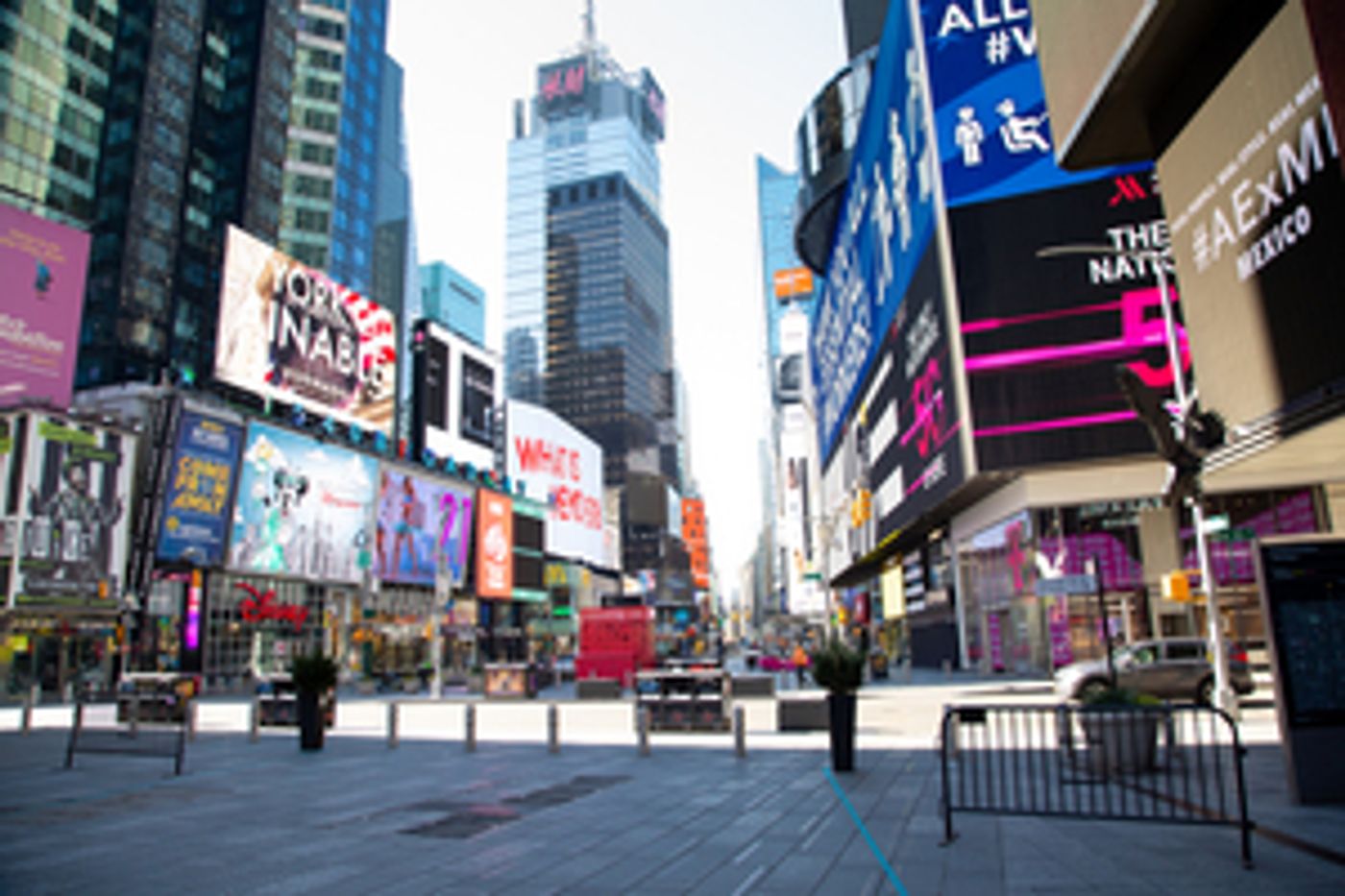NYC Arts Workers to Rally to Demand Equitable Relief and a Precedent For Systemic Change
Arts workers encompass independent artists, and all those employed in arts and cultural groups in various capacities.

Arts Workers from New York City and New York State will gather in solidarity on Saturday May 8, 2021 from 12:00 am to 2:00 pm to demand immediate financial relief and a long-term commitment to funding artists, marginalized communities, and to prioritize those hardest hit by Covid-19. Arts workers encompass independent artists, and all those employed in arts and cultural groups in various capacities; from administrators and curators to stage hands and others.
DETAILS:
Rally Location: Foley Square, between Lafayette, Worth, and Centre Streets
Rally Time: 12 noon - 2:00 pm
Speakers: TBA
Performers: There will be performances by dancers, drummers and others. (TBA)
There will also be various elected officials in attendance.
New York artists suffered a devastating year of neglect because the government refused to consider independent artists and cultural workers as Workers and small arts non-profits as Businesses. The message to the government: Historically, trickle-down funding leaves independent and marginalized Arts Workers last and chronically underfunded. Funding Justice is Racial Justice. As the state is poised to receive an estimated $12B in federal relief funds and the city to receive an estimated $6B, Arts Workers propose the following five principles to provide immediate relief, enable the sector to open safely, and help rebuild New York's state and city economies:
1. Recognition of Arts Workers as Vital for our Communities.
In moments of crisis and pain, the work of artists helps us to heal, build and transform. Arts Workers can be part of the solution to New York's recovery from the COVID-19 crisis - in the immediate through vaccine and testing messaging and support, and in the long term by bringing culture and the poetry in all arts forms to communities experiencing trauma and grief. While communities routinely receive proven positive outcomes in economy, public health, education, and safety from Arts Workers' labor, our government has historically underinvested and inequitably distributed the resources their work requires, further marginalizing our most vulnerable populations. Arts Workers must be the primary beneficiaries of relief funds to create a just and robust recovery of the cultural assets of our city and state.
2. Financial Relief with Equity for the Public Good.
Arts workers imagine, build and transform communities. Art creates culture. Black, Indigenous, POC, Disabled/Deaf, Immigrant, Elders, Women, LGBTQIA+, and independent Arts Workers must be at the center of NYC culture to achieve equity. Relief money must flow directly to Arts Workers whose survival is at risk and who have been traditionally excluded from operational grants, programs and labor protections. An immediate & long-term commitment to funding communities in our art ecosystem that prioritizes historically marginalized Arts Workers will bring equity to the distribution of public money. Equity and art are both a public good.
3. Financial Relief as Precedent for Systemic Changes.
The government must stop treating independent Arts Workers and small arts organizations as too small to fund. Organizations with greater capacity and access must acknowledge the unfair influence their size gives them; their work depends on Arts Workers and smaller artist-led groups and they must restructure their organizations and advocacy to reflect this reality. In this historic moment, government relief should prioritize this idea and set precedents for revamping cultural funding by considering artists as Workers, cultural workers as Workers, and small arts nonprofits as Businesses. Government agencies must distribute relief equitably and relief funds should pave the way to address the normalized inequality of the art field. Equity places marginalized Arts Workers at the center of advocacy and this must be the future of arts funding in New York City and State.
4. Workforce Program.
New York Arts Workers need a long-term, robust, and multilayered workforce program to center them as workers and small community-based art nonprofits as platforms for workers. Art fuels culture and culture fuels the economy that strengthens our social fabric and ensures our quality of life; the labor of Arts Workers is essential to everything that we love about New York and this must be reflected in our budgets. Livable wages, health and other benefits, and prioritizing direct funding to marginalized artists must be achieved through a bold art workforce program that builds upon the legacy of programs like the WPA and CETA models.
5. Expansion of the State/ City Budget for the Arts.
Doubling a NYS Council on the Arts budget that continues to exclude Arts Workers from direct grants and small art nonprofits from operational grant awards does not provide adequate relief because NYSCA and DCLA don't provide equitable funding in the first place. The vast majority of arts funding in New York City and State goes to the 34 Cultural Institutions Groups (CIGs) who are not getting enough funding as it is. Independent Arts Workers and small arts organizations need a pie of their own. Additionally, equity and art as a public good stretches beyond NYSCA and DCLA. Arts Workers deserve relief from DOL and DOE and other agencies for the work they do that touches many facets of life in NY. An equitable plan for the distribution of relief to the arts now should include this approach and serve as a blueprint for future arts funding.
Without Arts Workers, there is no art.
Without Arts Workers, there are no arts organizations.
Without Arts Workers, our arts spaces are not public cultural assets but just empty buildings.
"We are an ecosystem: while Broadway and large institutions are an important part of our sector, they are only the tip of the iceberg. The lion's share of arts and culture consists of small-budget arts organizations, independent Arts Workers who are micro businesses, and small, family-owned, for-profit businesses and studios. The arts ecosystem cannot exist without Arts Workers."
- Alejandra Cifuentes, Arts Worker/ ED Dance NYC
For more information and to read the full Intention Statement: https://sites.google.com/view/artsworkersmarch/
Videos

